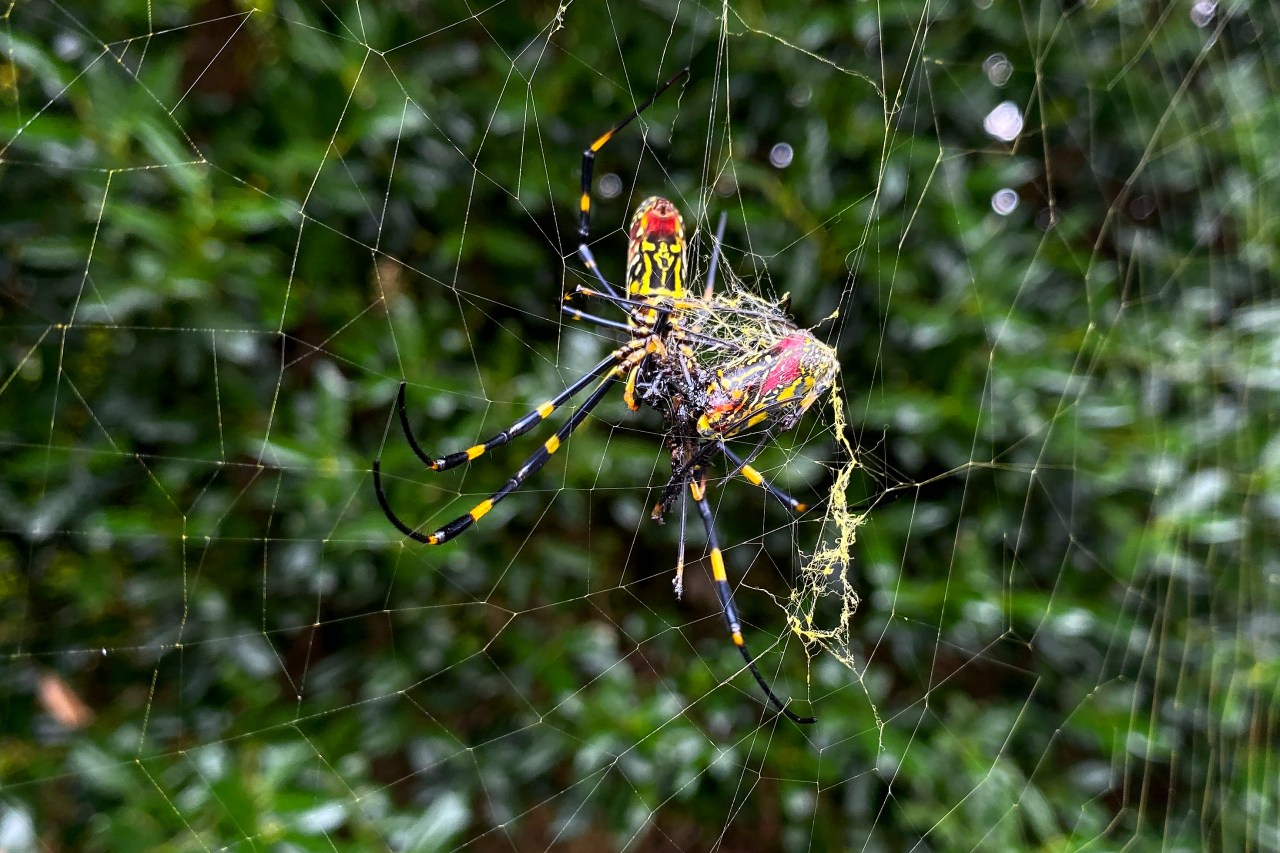AUSTIN (KXAN) — If mosquitos, cockroaches and cicadas aren’t enough for you, another crawling friend is breaking out for the summer: tarantulas.
Tarantula mating season started in May and lasts through August, according to Texas A&M AgriLife Extension Service. This causes a mass movement of the anthropods, so people may see more of them over the next few months.
The activity is also increased with warmer temperatures and more moisture, according to Texas A&M AgriLife. In Texas, there are 15 species of tarantulas, and they typically burrow in the soil.
Texas tarantulas are more common in rockier parts of the state, including central and southwest Texas.
Wizzie Brown, a Texas A&M AgriLife Extension Service senior extension program specialist, said tarantula seasons are dependent on environmental conditions. Hotter weather and rain can affect them and the amount of food available to them.
They are not venomous to humans, but they can bite and some people can get rashes from their hairs.
What about the Joro spiders that are spreading in the United States? The spiders are native to Asia, but recent reports have said the spiders — known for their parachuting through the air — are spreading across the country.
Brown said there is a chance that we see them in Texas, though they are not here currently. She added that their “flying” characteristics are a bit of a misnomer as spiderlings use silk strands to carry themselves through the wind in a “ballooning” process.
“When people say they’re flying, they think they’ve got wings, and they don’t have wings. So don’t panic about that,” Brown said. “But the spiderlings can move to other locations by this ballooning process.”
The invasive species spread to Georgia in roughly 2010 and to more southeastern states since then, according to a 2023 peer-reviewed study. The species has spread every year with their spread appearing to be “increasing exponentially,” according to the researchers.

Joro Watch, a monitoring program managed by several groups and universities, tracks the spread of Joro spiders. As of the last update, the spiders were not seen in Texas, but there was one sighting in north Oklahoma in 2021.
The study said the spiders are likely to spread in eastern North America and some areas in the western country based on a fast population expansion rate and their “dispersal mechanisms.” Research also found Joro spiders are more likely to move north from its current range on the east coast — not west toward Texas.
